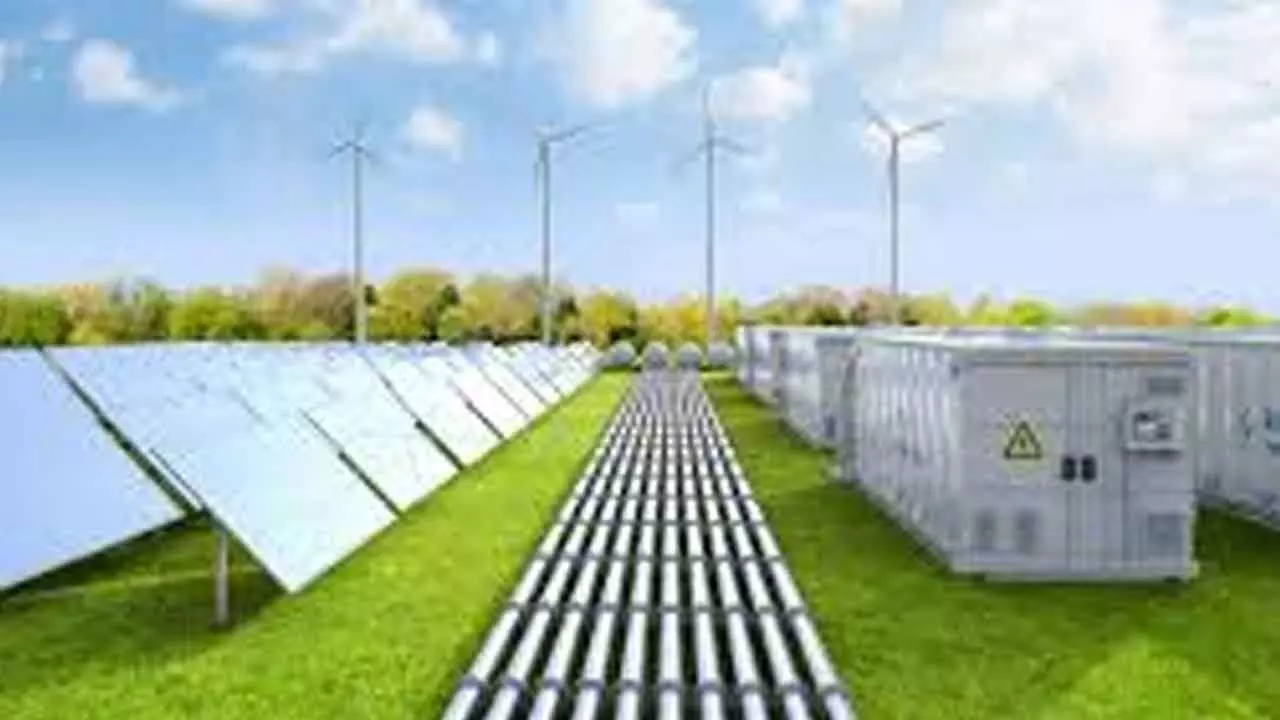Policy push sparks new growth phase in India’s energy storage space
Policy push sparks new growth phase in India’s energy storage space

Consider these interesting facts first. India’s cumulative energy storage capacity reached 490 MWh as of June 2025. India added over 48 MWh of energy storage capacity in H1/2025. Solar-plus-storage systems accounted for approximately 56 per cent of the cumulative installed energy storage capacity as of June 2025.
Karnataka led the cumulative installed energy storage capacity, contributing over 33 per cent of the total capacity.
India had 5GW of operational pumped storage capacity, with over 81GW in various stages of development. In H1/2025, more than 16GW of energy storage projects were tendered, and over 9 GW were auctioned. All these and much more have come out in India’s Energy Storage Landscape H1/2025 Report by Mercom India Research.
All these, in turn, mean that in H1/2025, 48.4 MWh of energy storage capacity was added in India, representing a 74 per cent drop compared to 186 MWh added in the same period last year. The decline in installations in H1 reflects the sector’s dependence on hybrid project-linked deployments where commissioning delays and slower tender activity continue to drive fluctuations in growth.
Solar-plus-storage systems accounted for nearly 56 per cent of India’s cumulative installed capacity. This was followed by more than 32 per cent from solar-plus-wind projects with round-the-clock capability, and over 12 per cent from standalone battery energy storage systems. The remaining share came from floating solar with storage, and solar-plus-wind projects with storage capabilities.
The bottomline is that strong policy support, including Tranche II of viability gap funding and the Central Electricity Authority’s (CEA) mandate to include co-located storage in all solar tenders with a minimum duration of two hours, equivalent to 10 per cent of solar capacity, is helping accelerate the adoption of energy storage across the country. Lower installation numbers in the first half are not a setback – they represent a pause before the next phase of strong growth.
Quite significantly, strong policy support through the ISTS waiver extension and the expanded VGF programme is laying the foundation for rapid deployment. Investor confidence is rising, tender activity is accelerating, and the sector is now positioned for sustained growth. These measures will drive cost stability, mobilize new capital, and solidify energy storage as a cornerstone of India’s clean energy transition.
As of June 2025, Karnataka (33 per cent), Chhattisgarh (24 per cent), and Gujarat (16 per cent) were the top three states in terms of cumulative installed energy storage capacity. And as of June 2025, India had nearly 13.7 GWh of standalone battery storage, approximately 3.9 GWh of solar-plus-wind projects with storage capabilities, nearly 3.2 GWh of solar-plus-storage projects, over 1.4 GWh of solar-plus-wind projects with round-the-clock capabilities, and 415 MWh of renewable energy-plus-storage projects at various stages of development. Additionally, over 81 GW of pumped storage was in the development pipeline, with nearly 12.4 GW under construction, about 3.3 GW in pre-construction, more than 2.4 GW under examination post detailed project report submission, and nearly 63 GW in the survey and investigation phase.
One also has to keep in mind, at this point, that India also has an operational pumped storage capacity of 5 GW. So it’s good going for India’s energy storage capacity.

